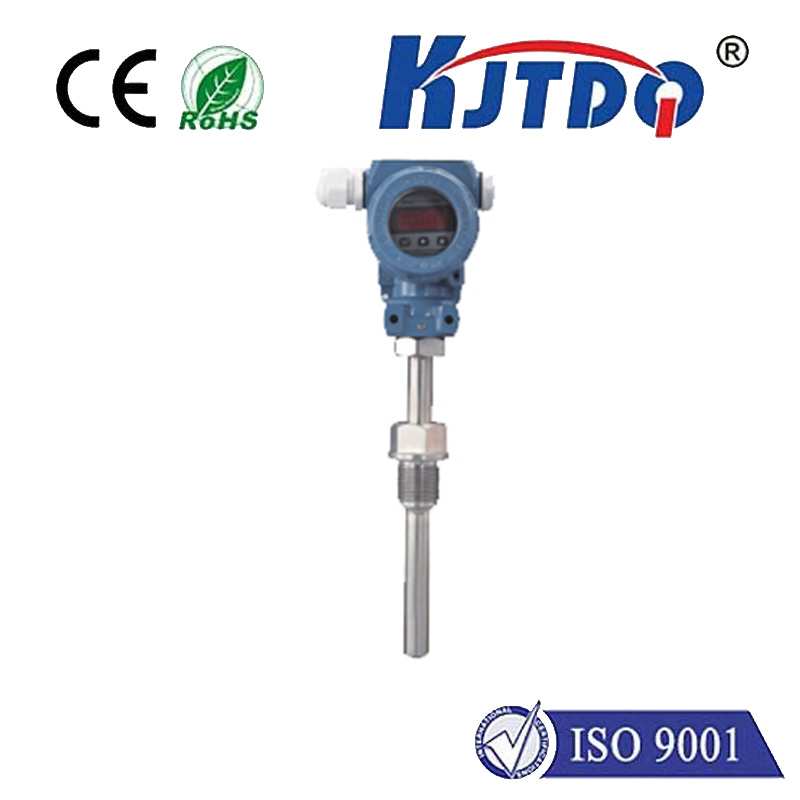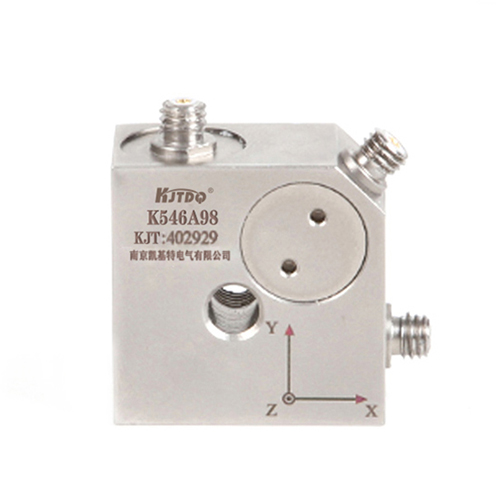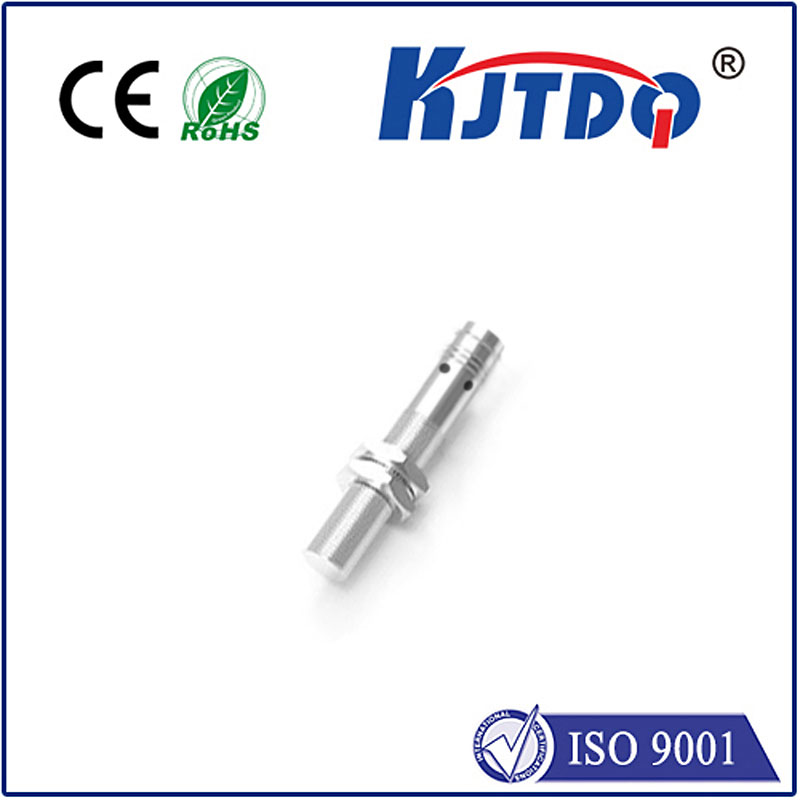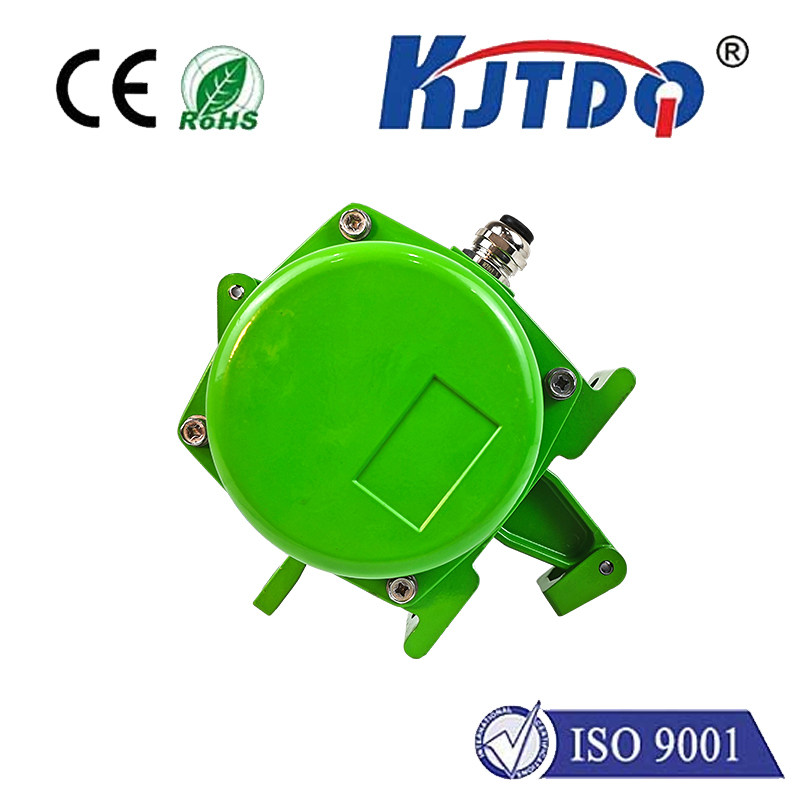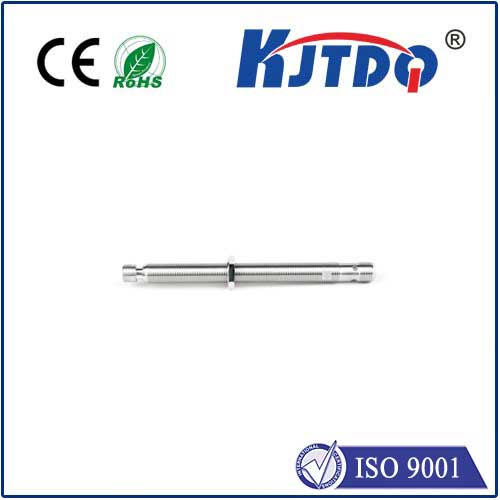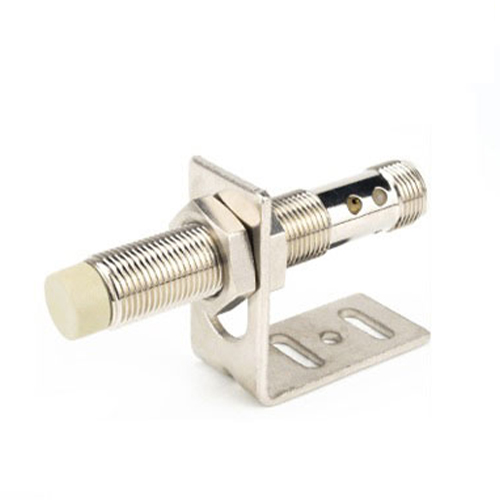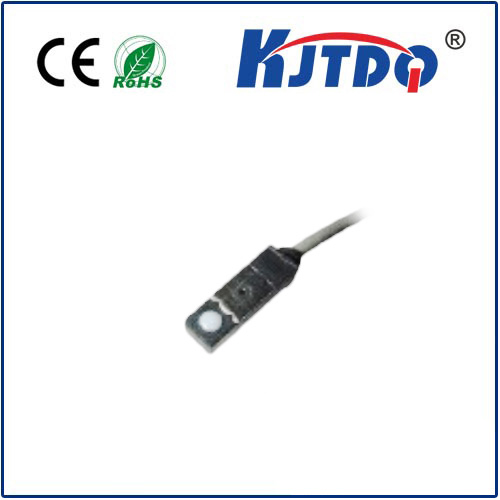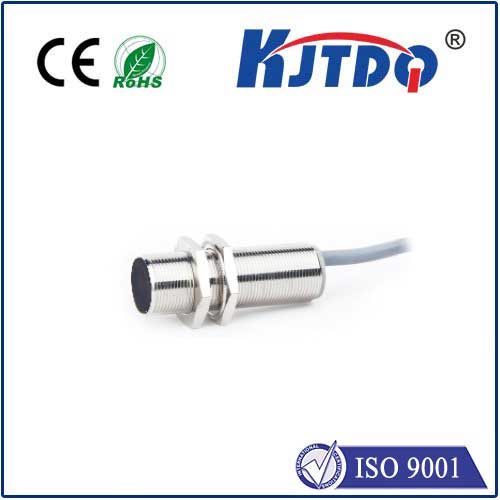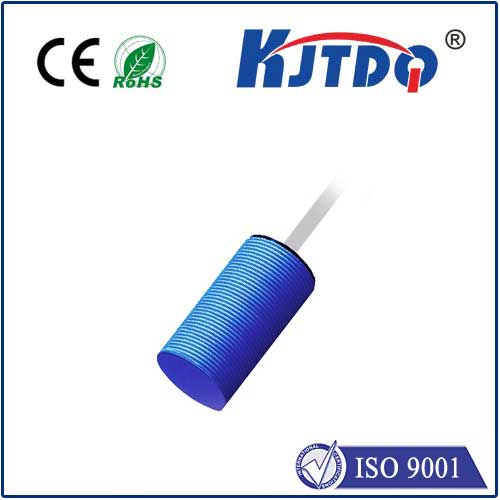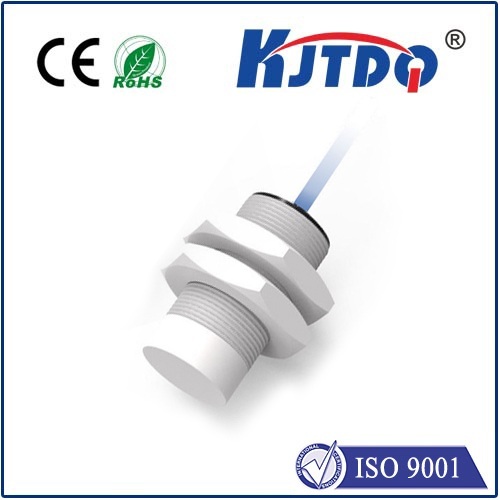mini distance sensor
- time:2025-07-14 14:48:59
- Click:0
Mini Distance Sensors: Compact Power for Modern Technology
Imagine a tiny robot gracefully navigating a cluttered room, a drone deftly avoiding tree branches mid-flight, a factory machine flawlessly positioning components thinner than a coin, or your smartphone automatically adjusting screen brightness as you lift it. What invisible force guides these actions? Often, it’s the remarkable capability of the mini distance sensor – a powerhouse of proximity detection packed into an incredibly small footprint. These miniature marvels are transforming industries and our daily interactions with technology, offering unprecedented levels of spatial awareness in constrained spaces.
Demystifying the Mini Distance Sensor
At its core, a mini distance sensor is an electronic component designed to detect the presence of an object and measure the distance to it, all while occupying minimal physical space. Unlike bulky traditional sensors, these compact devices integrate sophisticated measurement principles into tiny housings, sometimes mere millimeters in dimension. Their primary function is proximity and ranging – determining how close or how far an object is with remarkable precision and speed. This capability is fundamental to countless automated and intelligent functions. The driving force behind their proliferation is the relentless demand for smarter, smaller, and more efficient devices across every sector, from consumer electronics to advanced industrial robotics.
How Does a Miniature Distance Sensor Work?
Despite their small size, mini distance sensors employ several sophisticated technologies to achieve accurate distance measurement:
- Time-of-Flight (ToF): This principle reigns supreme in miniaturized high-precision sensors. The sensor emits a signal – often infrared light – and precisely measures the time it takes for the signal to bounce off the target object and return. Since the speed of light (or sound) is constant, calculating the distance becomes a matter of measuring elapsed time with incredible accuracy. Mini ToF sensors are prized for their accuracy, speed, and range capability relative to their size.
- Triangulation: Used frequently in compact laser distance sensors, this method projects a laser point onto the target. A small receiver lens, offset from the laser emitter, captures the reflected light spot. The position of the spot on the receiver’s sensor shifts depending on the distance to the target, allowing precise calculation. Mini laser triangulation sensors excel at highly accurate short-range measurements.
- Infrared (IR) Reflection: Smaller and simpler sensors often utilize infrared light. An IR LED emits light, which reflects off a nearby object. A closely positioned IR receiver detects the intensity of the reflected light. While less precise for absolute distance measurement over varying surfaces, this method is highly effective for proximity detection (object present/not present) and basic short-range distance estimation in extremely compact designs, making them ideal for cost-sensitive, size-critical applications.
Types of Mini Distance Sensors: Choosing the Right Tool
The miniaturization trend has impacted all major distance sensing technologies:
- Mini Ultrasonic Sensors: These use sound waves beyond human hearing. They are relatively immune to color and transparency and perform well in dusty or foggy environments. Their compact size makes them suitable for level sensing, basic obstacle avoidance in small robots, and presence detection where moderate precision suffices.
- Mini Infrared (IR) Sensors: Dominating the market for simple proximity and short-range distance tasks. They are incredibly small, low-cost, and low-power. You’ll find them everywhere: triggering smartphone screen on/off, detecting paper presence in printers, counting objects, or preventing automatic doors from closing on people. Simple IR reflection sensors are the quintessential mini distance sensor for proximity.
- Mini Laser Sensors (Triangulation & LiDAR): Offering high precision at longer ranges than IR over small footprints. Mini laser distance sensors are crucial in industrial automation for precise positioning, thickness measurement, and robotics. Micro LiDAR modules (Light Detection and Ranging), using laser pulses and ToF, are rapidly shrinking and powering advanced applications like gesture recognition in devices and indoor navigation for robots and drones.
- Mini ToF Sensors: Representing the cutting edge for compact, high-performance ranging. Integrating a VCSEL (Vertical-Cavity Surface-Emitting Laser) light source and an SPAD (Single-Photon Avalanche Diode) sensor on a tiny chip, these deliver fast, accurate distance data. They are increasingly common in smartphones (autofocus, gesture control), AR/VR headsets (environment mapping), and sophisticated robotics.
The Vast Applications of Tiny Sensors
The impact of miniaturized distance sensors extends far beyond their physical size:
- Robotics & Drones: Essential for navigation, obstacle avoidance, precise docking, and terrain mapping. Mini distance sensors allow smaller robots and drones to perceive their environment safely and effectively, enabling applications from warehouse logistics to search and rescue.
- Consumer Electronics: Smartphones use them for proximity detection (turning off the screen during calls), autofocus assistance, and emerging gesture interfaces. Laptops employ them to detect user presence for security or power saving. Smart home devices rely on them for touchless controls and occupancy sensing.
- Industrial Automation: Compact sensors provide critical feedback for quality control (measuring component height/thickness), object detection on fast-moving assembly lines, position verification of parts, and ensuring machine safety within tight confines. Their small size allows integration into machinery where space is premium.
- Automotive (Interior & Emerging ADAS): Inside vehicles, they enable features like gesture-controlled infotainment systems, occupancy detection for airbag deployment optimization, and touchless trunk opening. While larger sensors dominate ADAS for long-range detection, mini LiDAR and ToF sensors are finding roles in interior monitoring and low-speed maneuvering support.
- Medical Devices: Used in portable diagnostic tools, surgical robotics for precise instrument positioning, and patient monitoring equipment for non-contact vital sign measurement. Their compactness is vital in space-constrained medical environments.
- Building Automation & Security: Powering touchless faucets, soap dispensers, energy-saving lighting controls, and security systems requiring discrete presence detection. Miniature sensors provide reliable, unobtrusive functionality.
Selecting the Right Mini Distance Sensor: Key Considerations
Choosing the optimal compact proximity sensor involves evaluating several factors:
- Range Requirements: How far do you need to detect or measure? (Short-range proximity vs. mid-range measurement).
- Precision & Accuracy: What level of distance resolution and reliability do you need?
- Target Object Properties: Does the target absorb or reflect light/sound well? Is it transparent, shiny, or dark? Surface characteristics significantly impact sensor choice (e.g., IR struggles with black surfaces, ultrasound with soft fabrics).
- Operating Environment: Consider ambient light levels (can saturate optical sensors), dust, fog, temperature extremes, and potential acoustic noise (for ultrasonics). The mini sensor must be robust enough for its deployment environment.
- Physical Size Constraints: How much space is available? This is the defining factor driving the need for a mini distance sensor.
- Power Consumption: Particularly critical for battery-operated devices like wearables or IoT sensors. Look for low-power modes.
- Output Interface: What type of signal does your system require? (Analog voltage, PWM, I2C, UART).
- Cost: Budget constraints influence technology choice, especially for high-volume consumer applications.
The Future is Small and Aware
The relentless drive towards miniaturization shows no sign of slowing. We can expect mini distance sensors to become even smaller, more affordable, more energy-efficient, and functionally richer. Advancements in MEMS (Micro-Electro-Mechanical Systems) technology, integrated optics (like solid-state LiDAR), and sophisticated signal processing algorithms will continue to push the boundaries. These tiny sentinels will become ubiquitous, woven into the fabric of our world – enabling smarter homes, more intuitive interfaces, safer autonomous systems, and industrial processes defined by unprecedented precision and efficiency. The ability to add sophisticated spatial awareness to almost any device, constrained only by imagination and not by size, makes the mini distance sensor a truly transformative component of modern technological advancement.











